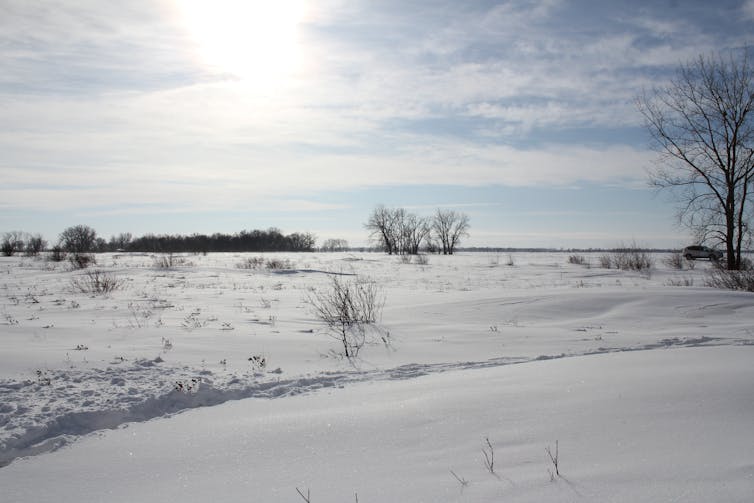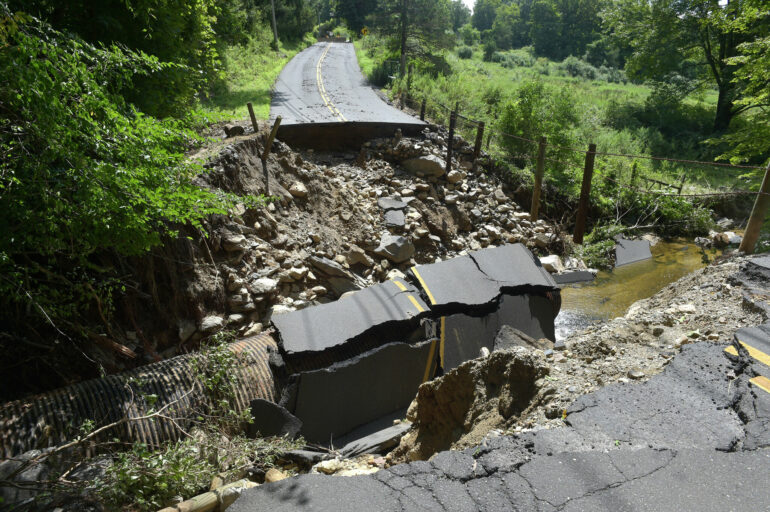What happens to a dead body in an extremely cold environment? Does it decompose? How do these conditions affect how forensic scientists understand when the person died?
Estimating time of death, also called the post-mortem interval, is a complex task. It plays an important role in forensic investigations, as it can provide critical insights into the timeline of events leading up to a person’s death. This information can narrow down potential scenarios and suspects, aiding in the resolution of criminal cases.
A multitude of factors are at play at a death scene, ranging from environmental conditions to the individual’s health status prior to death. Historically, scientists have estimated time of death by observing post-mortem physical and biological changes in the body, such as stiffening, fluid collection and cooling.
These methods are limited, however, by their variability and dependence on external factors. Calculating the post-mortem interval became more precise with the advent of molecular biology. But it’s still a challenging task, especially in extreme cold weather conditions. There is often a lack of obvious signs of decomposition on a frozen body during the first months after death.
We are forensic scientists leading the forensics programs at the University of North Dakota and the University of Central Lancashire. We use molecular biology and bioinformatics to develop tools to help researchers and investigators more accurately estimate the post-mortem interval. Our recently published research in Frontiers in Microbiology found that studying the microbes involved in decomposition could predict time elapsed since death in extreme cold conditions with high accuracy.
Decomposition in cold environments
Our study took place in Grand Forks, North Dakota, one of the coldest cities in the United States, where winters are characterized by temperatures that can drop to -40 degrees Fahrenheit (-40 degrees Celsius) and high winds that can reach up to 31 miles per hour (50 kilometers per hour).
In an extremely cold environment like North Dakota’s winters, traditional methods might not be enough to understand decomposition and estimate time of death. For instance, the body cools much faster in cold conditions, which can skew estimates based on body temperature.

The researchers set their investigation into time of death in Grand Forks, N.D., where winters can be brutal.
Lavinia Iancu, CC BY-SA
Similarly, cold environments can delay the onset and duration of rigor mortis, or body stiffening. The process of decomposition, including the activity of insects and other scavengers that contribute to the breakdown of the body, can also be slowed or halted by freezing temperatures.
Snow is another important factor when investigating decomposition. It can insulate a body by trapping residual heat and raising its temperature slightly higher than the surrounding environment. This insulating effect…



